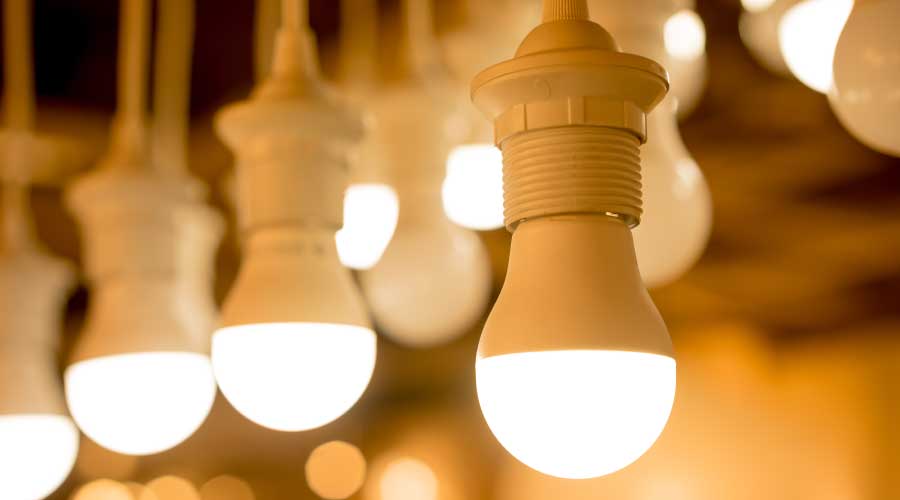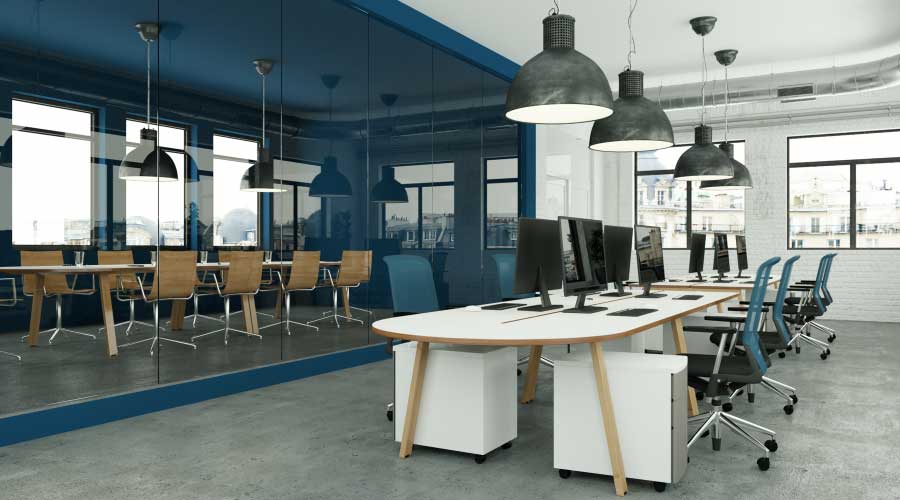LEDs: Shedding Light on Successful Applications
The landscape of lighting products for institutional and commercial facilities changes regularly, but no change has been more prominent in the last few years than the arrival of light-emitting diode (LED) technology. The challenge for maintenance and engineering managers is making sense of the new LED products and their manufacturers in attempt to specify the most appropriate products for particular facility applications.
Are managers prepared to make these decisions? How will LEDs be specified? How can managers cost-effectively justify them? Where do LEDs work, and where do they not work?
Checking The Numbers
As with any project, the decision on when, where and how to specify LEDs for facility applications is all about cost-benefit and payback. LED light fixtures are expensive. There is no getting around it. An incandescent lamp is 50 cents, while a replacement LED is $13. How can managers cost-justify this decision? Start by considering this chart:
| |
Incandescent |
LED |
| Energy consumed |
60 watts |
9 watts |
| Cost per kilowatt hour |
$0.11 |
$0.11 |
| Operating hours |
1,500 |
1,500 |
| Annual energy cost |
$9.90 |
$1.49 |
On an annual basis, managers who specify LEDs will save $8.41. The payback is all of 1-1/2 years. Add the maintenance savings — changing a light bulb once a year versus once every 20 years — and this becomes an easy decision: Go with the LED. Now consider a 2- by 4-foot troffer lighting upgrade, fluorescent versus LED, with labor included:
| |
Existing Fluorescent |
Fluorescent |
LED |
| Energy consumed |
118 watts |
48 watts |
50 watts |
| Cost per kilowatt hour |
$0.11 |
$0.11 |
$0.11 |
| Operating hours |
2,400 |
2,400 |
2,400 |
| Annual energy cost |
$31.15 |
$12.67 |
$13.20 |
| Upgrade cost |
$0 |
$42 |
$185 |
| Payback |
N/A |
2.27 years |
10.31 years |
In this case, going with an LED upgrade versus the fluorescent upgrade does not make sense. Some will say that the difference can be made up on maintenance savings. That was true, but a number of lamp manufacturers recently came out with longer-life fluorescents. One manufacturer in particular now offers an 84,000-hour T8 lamp with only 7 percent lumen depreciation, which compares very competitively with an LED life rated at 50,000 hours with 30 percent lumen depreciation.
Related Topics:














